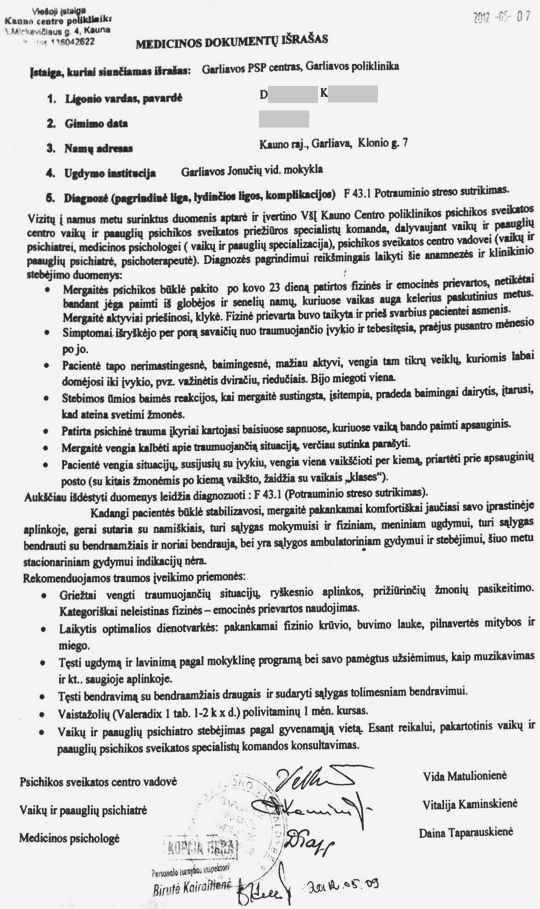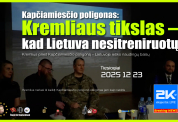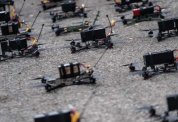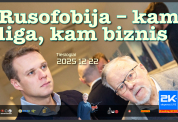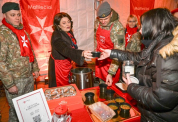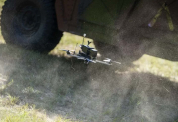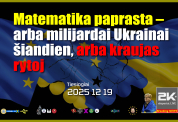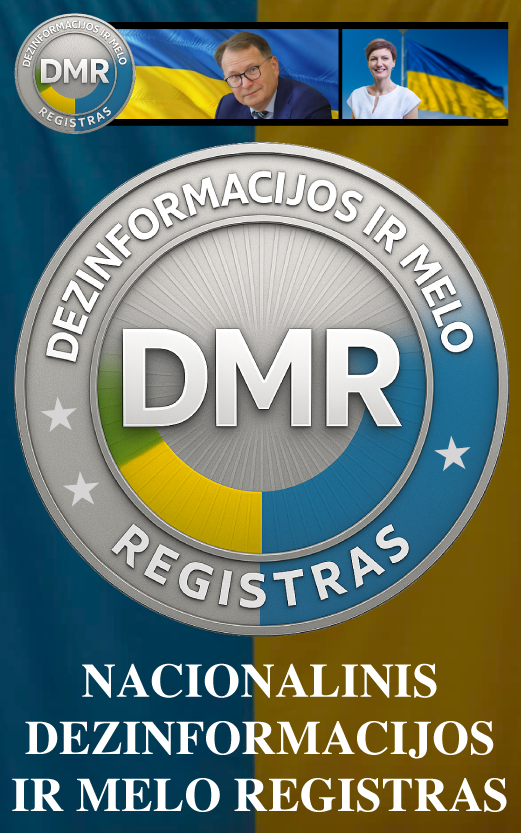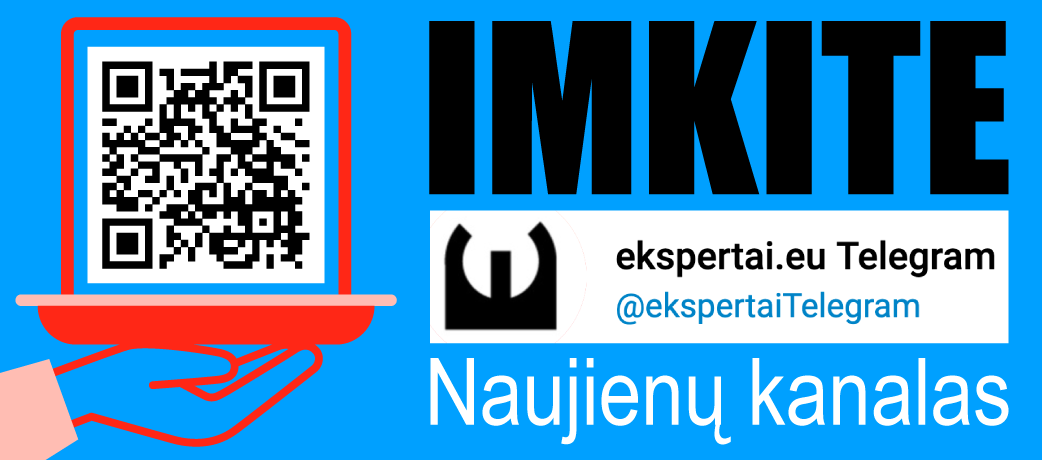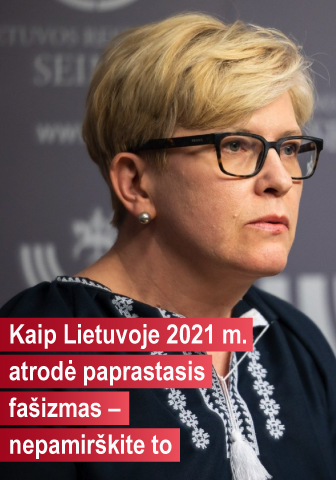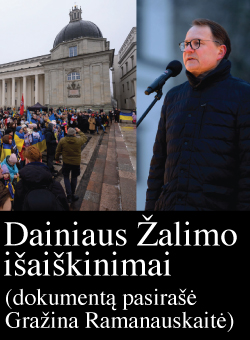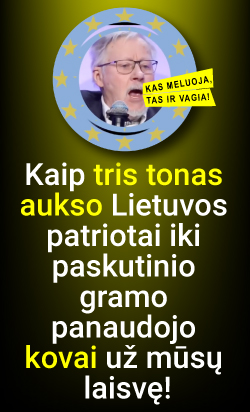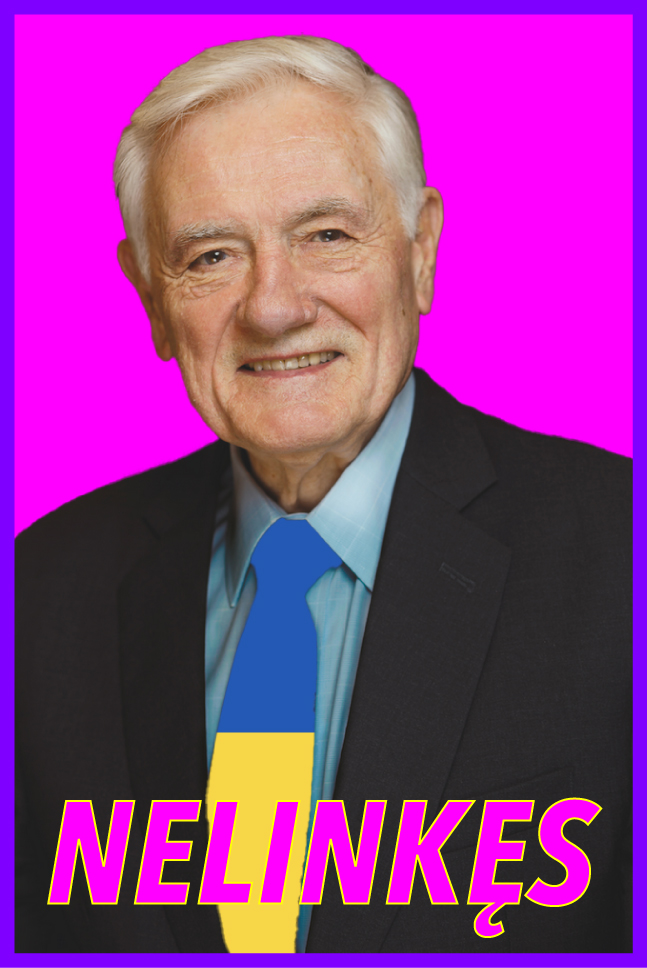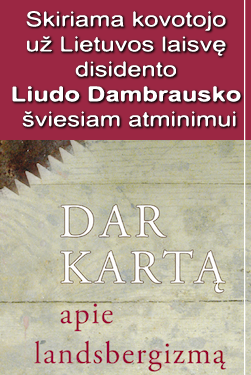Skelbiame dokumentą, kuris labai vaizdžiai nusako, kas buvo atsitikę nužudyto Drąsiaus Kedžio dukrelei po kovo 23 d. smurto akto Garliavoje. Galima tik įsivaizduoti, kaip mergaitė jaučiasi dabar ir kas su ja daroma po gegužės 17 d. valdžios struktūrų įvykdytos beprecedentinio prievartos akto. Šis dokumentas buvo pateiktas antstolei Sonatai Vaicekauskienei prieš mergaitės poėmį.
We publish this document, which very clearly illustrates what happened to the young daughter of murder victim Drasius Kedys after the act of violence that took place on the 23rd of March, 2012. We can only imagine how the girl feels now and what is happening with her after the without precedent act of violence implemented by governmental structures on the 17rd of May, 2012. This document was submitted to bailiff Sonata Vaicekauskas prior the girl being taken away.
Medical Document Extract
Public institution
Kaunas Centre Medical Clinic
A.Mickeviciaus st., Kaunas
MEDICAL DOCUMENT EXTRACT
Institution where the extract is being sent: Garliavos PSP Centre, Garliava Medical Centre (PSP –Primary Health Care)
1. Patient’s name and surname: D. K.
2. Date of Birth:
3. Home Address: Kauno region, Garliava Kliono Street 7
4. Educational Institution: Garliavos Jonuciu High School
5. Diagnosis (main disease, related illness, complications) F43.1 Post-traumatic stress disorder
During a visit to the home of the said patient the information collected was discussed and evaluated by the Public Institution Kaunas Centre Medical Clinic , Mental Health Centre - Child and Adolescent Mental Health specialist team together with Child and Adolescent Psychiatrist, Medical Psychologist (specializing in children and adolescents), Mental Health Centre Director (Child and Adolescent psychiatrist, psychotherapist). As justification for the diagnosis significant t consider ation is given to the history and clinical observation of the data:
The girl’s mental state has changed after the physical and emotional coercion experienced on the 23rd of May, when it was suddenly sought to remove the child, by force, from the home of her carer and grandparents, where the child had lived for the past few years. The girl actively resisted, screamed. Physical coercion was applied and also to persons important to the patient.
The symptoms became more pronounced several weeks after the traumatizing event and still continue one and a half months after the incident.
The patient has become more anxious, apprehensive, less active, avoids certain activities that she was very much interested in before the incident, for example riding her bicycle, rollerblade. She is scared of sleeping alone.
We have observed acute reactions of fear when the girl freezes, tenses, begins to look around in fear when she suspects that strangers are approaching.
The mental trauma that she experienced is annoyingly repeated in terrible dreams where a security officer tries to take her away.
The girl avoids talking about the traumatizing situation; she prefers to put her thoughts down in writing.
The patient avoids situations related to this incident, avoids walking on her own in the backyard, to approach the security officers’ post (she walks around the yard with other people and plays “classes” with other children).
The above mentioned facts warrant the diagnosis: F 43.1 (post-traumatic stress disorder).
As the patient’s condition has stabilized, the girl feels reasonably comfortable in her usual environment, gets on well with her household members, has the conditions to study and for physical and artistic development, there are the conditions to interact with peers and does so willingly, and there are the conditions for outpatient treatment and observation, there are no indications for her to be treated as an inpatient.
Recommended measures for overcoming the trauma:
Strictly avoid situations that can cause trauma, significant changes to her environment and the people caring for her. The use of physical-emotional coercion is absolutely not allowed. .
To maintain optimal daily routine: sufficient physical activities, time outside, a good diet and sleep regime.
To continue her development and education based on her educational program and her own preferred activities, such as music activities and so on, in a safe environment.
To continue interacting with her peers and friends and to create conditions for further interaction.
Herbal (Valeradix 1 tablet 1-2 times a day) multivitamin treatment for 1 month.
Observation by Child and Adolescent Psychiatrist according to her home address. If necessary repeat consultations by the Child and Adolescent Mental Health Specialist team.
Mental Health Centre Director Vida Matulioniene
Child and Adolescent Psychiatrist Vitalija Kaminskiene
Medical Psychologist Daina Taparauskiene









